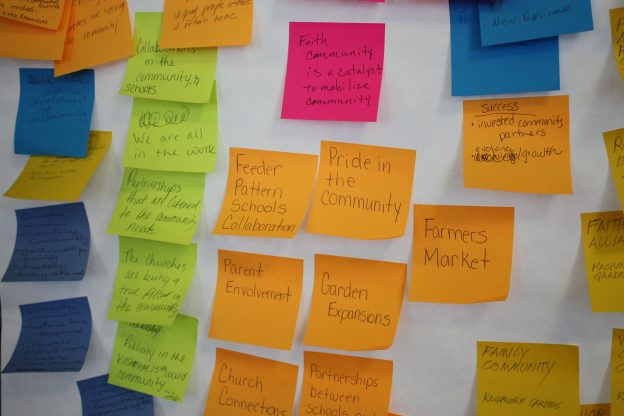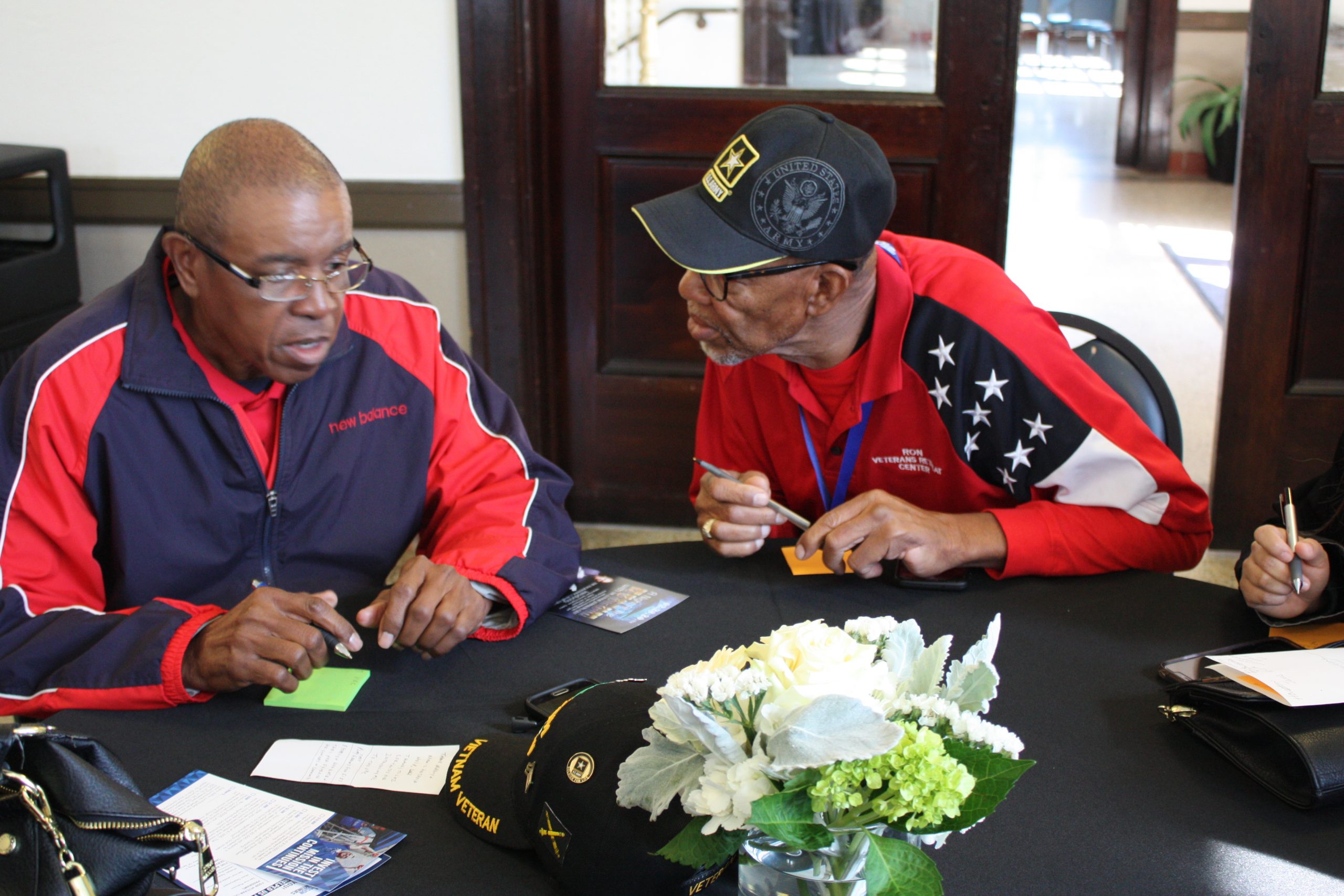Setting out a vision for Operation Bayou City Blitz
Feb 28, 2020

We’ve been working in Houston for a long time. It’s one of the cities where we have the largest footprint, and this was set into motion even more after the events of Hurricane Harvey in 2017. Our service platoons mobilized in an incredible way, and shifted our Operational work to serve in Harvey-affected communities, which we’ve continued to this day.
We’re now coming back to Houston for our fifth Mass Deployment, Operation Bayou City Blitz, this June—applications are open!—and are continuing our work of working with community members to determine what our goals and accomplishments for the week should be.
Last year, as we started planning for Operation Charm City Charge, we gathered with community leaders and platoon members in Baltimore for a visioning session to talk determine shared goals for the week. It was so fruitful that we decided to continue the tradition, and so last week, headed to Houston to have a deep-dive about our upcoming work.

This year, we gathered at the Buffalo Soldiers National Museum, with funders, community members, and platoon members to shape and inform our work in Houston—and most importantly, how we could do it in a way that honored the collaboration we explored, and would be doing right by the community. We used the ABCD (Asset-Based Community Development) model to lead discussion, as well as overall human-centered design techniques.

With us were representatives from USAA, the Bob Woodruff Foundation, Rebuilding Together Houston, Betsy Ross Elementary, NEO Houston (Nature and Eclectic Outdoors), Blodget Urban gardens, Veteran Retreat Center, Jane Long Academy, Las Americas Newcomers School, Kashmere Gardens, Higher Impact Ministries, Independence Heights and Texas Southern University.
We determined that there were a few aspects about Houston that are currently working well: pride, faith-based work, community spaces that offer support, like food pantries and gardens, housing initiatives, education partnerships, and above all—connectivity, and working across communities


From there, we asked what should our incoming veterans know about the community in Houston? The answers ranged, but focused on appreciating what was there: feeling love and connection to the city, its history and heritage, its resilience and diversity, and its distinct sense of place. To make this happen, we need to build partnerships that are collaborative, that have a long-term sustainable relationship, and encourage communication.
 Finally, our community partners shared their wishlists of what we could accomplish: creating and updating gardens, outdoor classroom space, painting inspirational quotes and murals on schools, maintenance of public spaces, book sharing spaces throughout communities, and painting in the neighborhood. While our final scope of work is yet to come, this was a great opportunity to learn the needs and wants of the community, so we can build a plan of impact that serves their needs.
Finally, our community partners shared their wishlists of what we could accomplish: creating and updating gardens, outdoor classroom space, painting inspirational quotes and murals on schools, maintenance of public spaces, book sharing spaces throughout communities, and painting in the neighborhood. While our final scope of work is yet to come, this was a great opportunity to learn the needs and wants of the community, so we can build a plan of impact that serves their needs.
Stay tuned for what’s next—June will be here before we know it!






